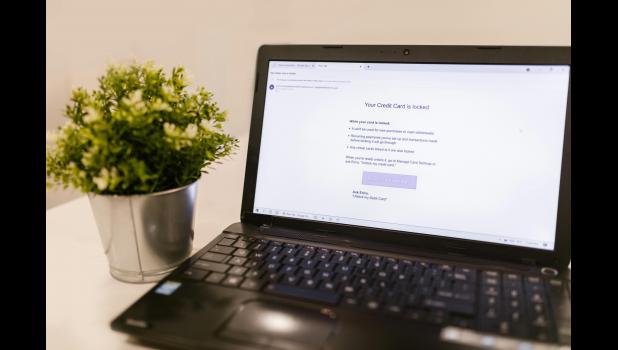The Growing Threat of Identity Theft
In an era where data breaches, scams, and stolen information are becoming increasingly prevalent, fraudsters are finding new ways to impersonate individuals and carry out additional fraudulent activities. The Better Business Bureau is highlighting the alarming rise in identity and information theft, emphasizing how these crimes are often linked to other fraudulent activities and can have devastating consequences for unsuspecting victims.
The Scope of the Problem
Identity and information theft are now integral components of nearly every type of scam. Many individuals who fall prey to data breaches or scams remain unaware that their personal information has been compromised until it’s too late. According to Scam Tracker, there have been over 16,000 reported cases of identity and information theft since 2021, with the numbers escalating annually. Shockingly, dozens of websites, including those on the dark web, are dedicated to facilitating the sale of stolen personal data.
Recognizing Red Flags
To protect yourself from identity theft, it’s crucial to be aware of common red flags. Here are some key indicators to watch out for:
- Suspicious Domain Names: Be cautious of websites with domain names that closely resemble those of legitimate sites. Fraudsters often use similar-looking domains to trick unsuspecting users.
- Unsolicited Emails and Links: Avoid clicking on links in emails from unknown sources. These could be phishing attempts designed to harvest your personal information.
- Poorly Designed Websites: Scammers often create websites that appear unprofessional and contain errors. If a website looks suspicious or has poor design quality, it’s best to avoid it.
- Text Messages from Unknown Sources: Do not click on links or respond to unsolicited text messages. Legitimate organizations rarely ask for sensitive information via text.
- Unexpected Social Media Messages: Be wary of messages from “friends” you don’t recognize or that seem unusual. These could be attempts to gain access to your personal information.
Proactive Measures to Prevent Identity Theft
By staying informed and adopting best practices, you can significantly reduce your risk of falling victim to identity theft. Here are some expert tips to help you protect your personal information:
- Be Selective with Personal Information: Only share sensitive data with trusted entities. Be cautious about providing personal information unless absolutely necessary.
- Verify Requests for Sensitive Data: Always double-check any request for personal information, such as your social security number. Legitimate organizations will have secure methods for verifying your identity.
- Monitor Your Financial Activity: Run regular credit checks and review your financial statements to spot any unusual activity early on.
- Create Strong, Unique Passwords: Use a mix of characters and make your passwords difficult to guess. Change them regularly to enhance security.
- Implement Multi-Factor Authentication: This adds an extra layer of protection when logging into online accounts, making it harder for fraudsters to gain access.
- Research Before Engaging with Websites or Services: Look for reviews and check for scam reports if you’re unsure about a website or service.
- Use Website Safety Tools: Consider using tools like Google’s Safe Browsing tool to verify the legitimacy of websites.
- Consider Credit Freezes or Fraud Alerts: These measures can make it more difficult for thieves to open accounts in your name.

By staying vigilant and following these guidelines, you can significantly reduce your risk of becoming a victim of identity theft. The key is to remain informed, be cautious when sharing personal information, and take proactive steps to protect your digital identity.


